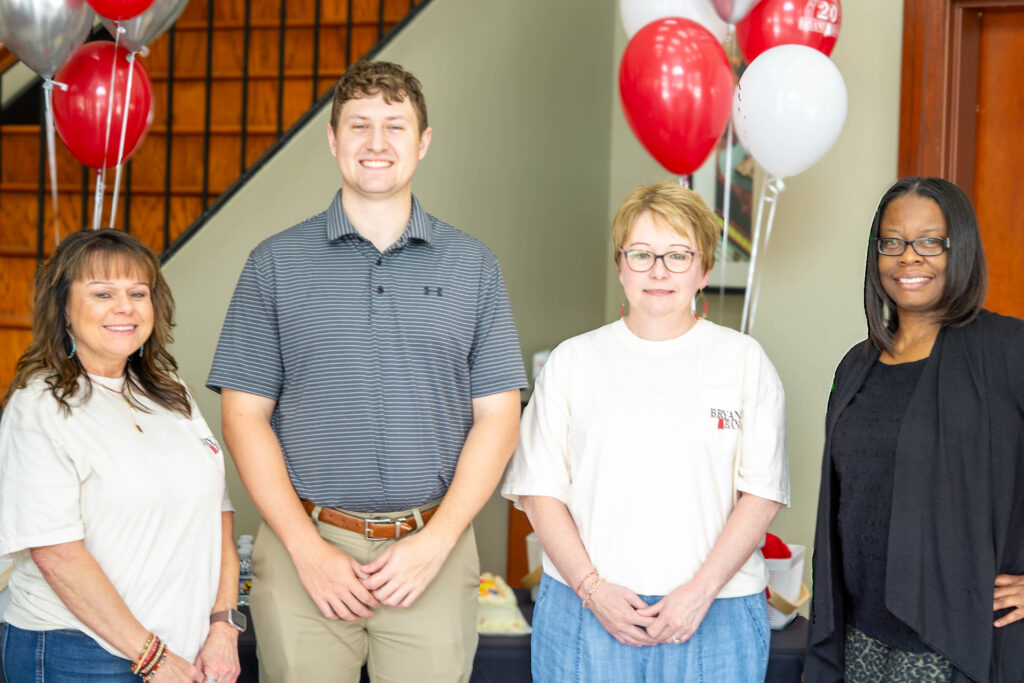Research and Construction Underway for Historic Africatown Site
Reading time: 5 minutes

With the discovery of the Clotilda in May of 2019, a quasi-urban legend in the Mobile area has became very tangible. This recovered piece of the historical puzzle in the Port City has inspired the construction of multiple exhibits honoring the resilience of Africatown, including the upcoming Heritage House and Welcome Center. Here’s what we know.
Telling the Story of Africatown

In 1860—52 years after the Atlantic slave trade was prohibited—a schooner named Clotilda sailed into the port at Mobile, bringing with it the last known illegal shipment of enslaved people to the Americas. Although many of the 110 enslaved people aboard the Clotilda were sold around the country, 32 remained in Mobile. Five years after their arrival, the end of the Civil War granted the former Clotida captives their freedom.
Without the funds to return to their home in West Africa, these 32 people decided to found their own community—Africatown. In Africatown, the residents were able to retain many of their West African traditions, including their language and other customs. In fact, many of the current Africatown residents are direct dependents of those brought over on the Clotida.
“As for me, it’s not about the ship, it’s about the people. It has always been about the people—my ancestors and others—those individuals who came over on the ship, but not the ship in itself.
The Clotilda was solely built to bring precious cargo over, but I’m not so excited about the ship. I want us to honor those who came over and their legacy—honor them for their bravery, their resilience and being able to survive what they went through.
There are so many layers to the story. The 60 Minutes clip was great, but there’s so much we couldn’t put everything in. There’s so much more to Africatown than the Clotilda ship.
If the ship is going to bring in any type of attraction and economic growth that will help revitalize area, fine. But let’s focus on the people and what they endured.”
Jocelyn Davis, descendant of Africatown founder, in an interview with Sharron Mendel Swain for Bham Now.
With the discovery of the Clotilda wreck in 2019, interest in Africatown has been on the rise. Two huge projects—the Africatown Welcome Center and the Heritage House—are in the works, with the goal of honoring the significance of the community and spurring tourism to the region. We took a closer look at the two projects to learn more.
Africatown Welcome Center

The Welcome Center research site is located off of Bay Bridge Cutoff Road, at the site of the previous Welcome Center. It’s across the street from the Old Plateau Cemetery.
The City of Mobile has partnered with the University of South Alabama (USA) in order to conduct thorough research on the area. The nearly $60,000 project is being funded by RESTORE Act funds, garnered through retributions from the Deepwater Horizon oil spill.
The joint project between USA, the city of Mobile, and the Smithsonian National Museum of African American History and Culture is set to take quite a few years–the rich history of the area requires a thorough comb-through before any construction can begin.
Much of the concern lies with Old Plateau Cemetery, which houses many of Africatown’s founders. Significant effort is going into preservation of these grave sites and any other artifacts that may be in the area. The Welcome Center is designed as a central location to the history of Africatown and is slated to open in 2023.
The Heritage House
As far as the Heritage House goes, a $1.3 million-dollar contract for the facility was approved just last week. The Heritage House is going to act as a museum, hosting artifacts from the Clotilda itself as well as artifacts found through the research being conducted at the Welcome Center.
Ground was broken to begin construction on the Heritage House in February, and the facility is set to open in Fall of 2021. This project is also a joint effort, one between the History Museum of Mobile, the Alabama Historical Commission, and the Africatown Advisory Council.
This project would have been impossible without County Commissioner Merceria Ludgood, who secured funds and advocated for construction of the Heritage House.
These two projects mark the acceptance of the reality of the Clotilda. For almost 150 years, its existence was treated as town gossip. Now, with tangible artifacts and historical societies to verify authenticity, the reality of the ship’s existence marks a stain on Mobile’s history. A stain that Mobile is working hard to make sure she acknowledges and learns from.
The two sites have the potential to become landmarks on the Civil Rights Trail that blazes through areas of racial injustice in the Southern United States.
Hopefully, the memorialization of Africatown’s history will drive more tourism to the area and, with it, economic prosperity.
Construction of these facilities to honor those who persevered and prospered despite their kidnapping and enslavement is the first step in a long line to regain the trust of the Africatown community and honor those who built it.








